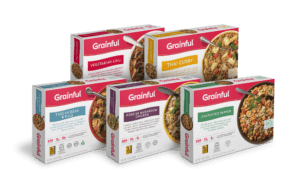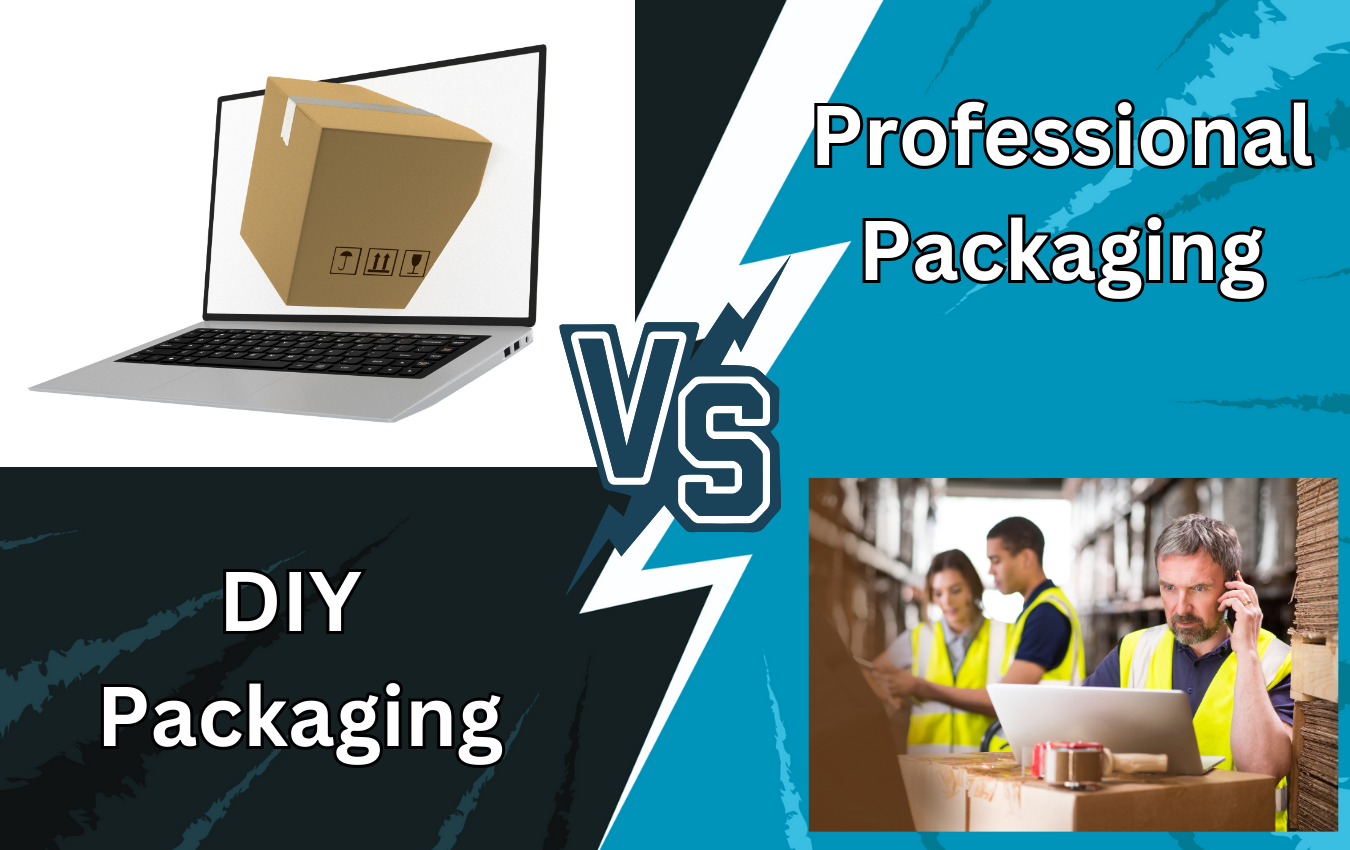Home » Testing the Market with Small Packaging Runs
Testing the Market with Small Packaging Runs
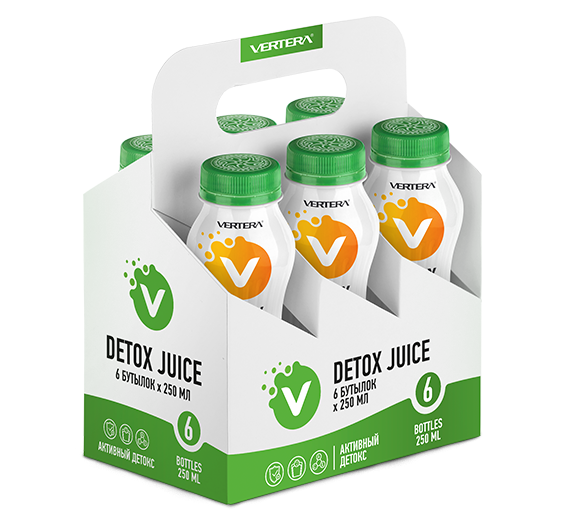
Launching a product or redesigning packaging can be a significant investment. To minimize risk and gather actionable insights, small packaging runs are a smart way to test the market. This approach allows businesses to gauge consumer reactions, refine designs, and optimize functionality before committing to large-scale production.
Here’s how small packaging runs can drive success and why digital production is often the ideal method for this purpose.
Why Test with Small Packaging Runs?
- Minimized Risk
By starting with a small batch, businesses can test packaging concepts without a large financial commitment. This ensures that only well-received designs move forward to full-scale production. - Market Validation
Testing in the real world—through focus groups, pop-up shops, or limited releases—provides valuable feedback on packaging design, labeling, and usability. This helps identify what resonates with your audience. - Iterative Design
Small runs allow for adjustments and multiple rounds of testing. Based on feedback, businesses can tweak designs, materials, or messaging to create a more polished final product. - Cost-Effective Experimentation
Compared to mass production, small runs are significantly less expensive. This makes it possible to try out multiple designs or features without incurring substantial costs.

Why Digital Production is Ideal for Small Runs
- No Setup Costs
Traditional printing methods, like offset printing, require expensive setup processes such as plate creation. Digital printing eliminates these costs, making it cost-efficient for small batches. - Faster Turnaround
Digital production enables quick printing and delivery, perfect for tight deadlines or rapid testing cycles. - High-Quality Output
Modern digital printing delivers sharp, vibrant results, ensuring test packaging looks professional and consistent with final production runs. - Flexibility With digital production, you can easily modify designs between runs to test different elements like colors, layouts, or messaging.
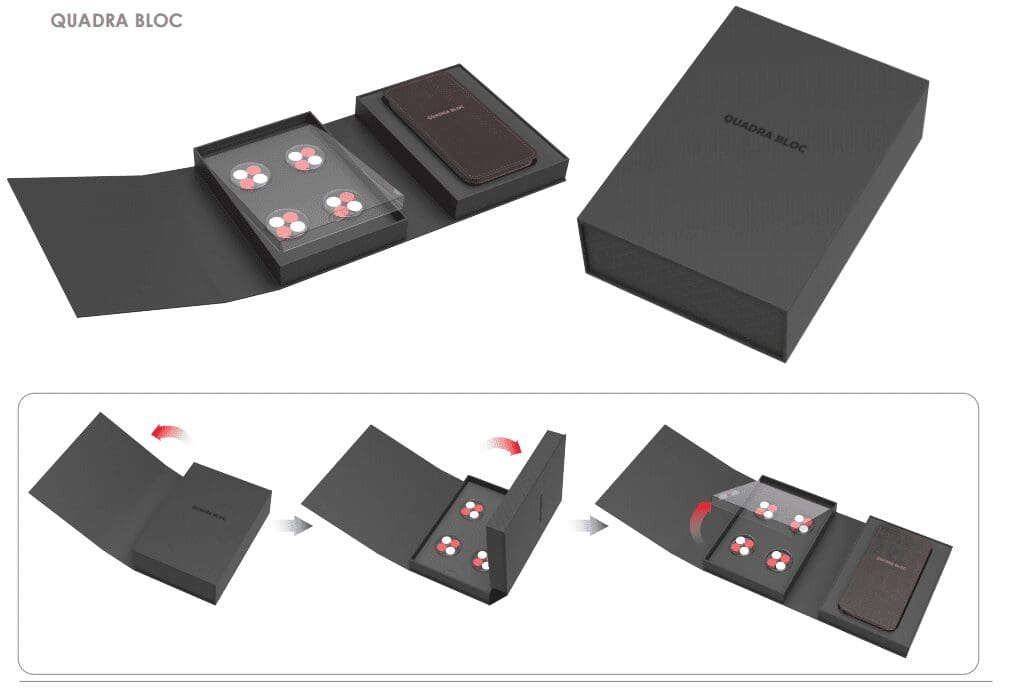
Key Considerations for Effective Testing
- Sample Size: Ensure your test batch is large enough to yield statistically significant results.
- Data Collection: Use multiple methods like online surveys, in-person interviews, or sales performance data to gather insights.
- Adaptability: Be prepared to adjust your design based on feedback to ensure your packaging aligns with customer expectations.
Benefits of Testing with Small Runs
Advantage | Explanation |
Cost Savings | Avoid overproduction and reduce the risk of investing in a design that doesn’t work. |
Customer Insights | Direct feedback helps identify strengths and weaknesses in your packaging design. |
Agility | Quickly implement changes without the delay or expense of large-scale production. |
Reduced Environmental Impact | Produce only what you need, minimizing waste and resources. |
Real-World Application: Split Testing for Packaging
Split testing, or A/B testing, is a powerful strategy for packaging design. By creating two or more versions of your packaging, you can compare their performance in the marketplace. Examples include:
- Testing different color schemes or logos.
- Comparing headline copy or product descriptions.
- Experimenting with eco-friendly materials versus traditional ones.
This iterative process ensures your packaging is always optimized for customer appeal and performance.
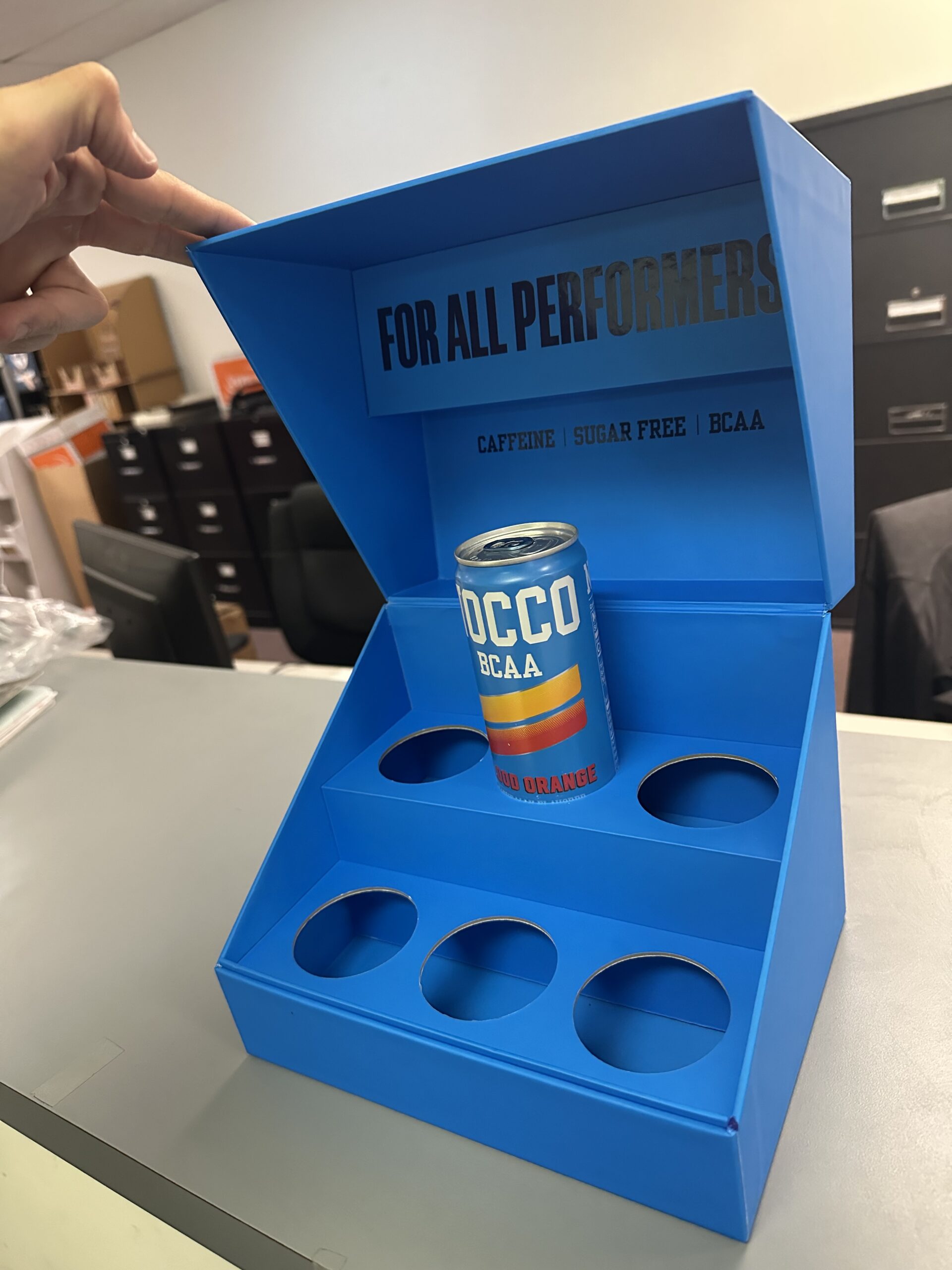
Conclusion
Testing the market with small packaging runs is a low-risk, high-reward strategy for businesses looking to launch new products or redesign packaging. By leveraging digital production for these runs, you gain the flexibility to experiment, refine, and validate designs before committing to large-scale production.
Ready to test your packaging? Contact us today to explore digital production solutions tailored to your small-run needs!
With new tariff proposals and continued trade uncertainty, 2026 is shaping up to be another pivotal year for packaging sourcing strategy. Many companies that shifted production away from China in
Following multiple rounds of tariff changes and trade policy adjustments, 2026 marks a turning point for U.S. packaging buyers. Many who previously transitioned from China to domestic or nearshore suppliers
Shifting packaging production from China to the U.S. can help stabilize costs, reduce tariff exposure, and shorten lead times. But the transition process requires careful planning. For packaging buyers, the
RSC boxes are known for their efficiency and versatility, but their performance ultimately comes down to strength. Buyers often see numbers like ECT, BCT, and burst strength on specifications —
Home » Testing the Market with Small Packaging Runs


